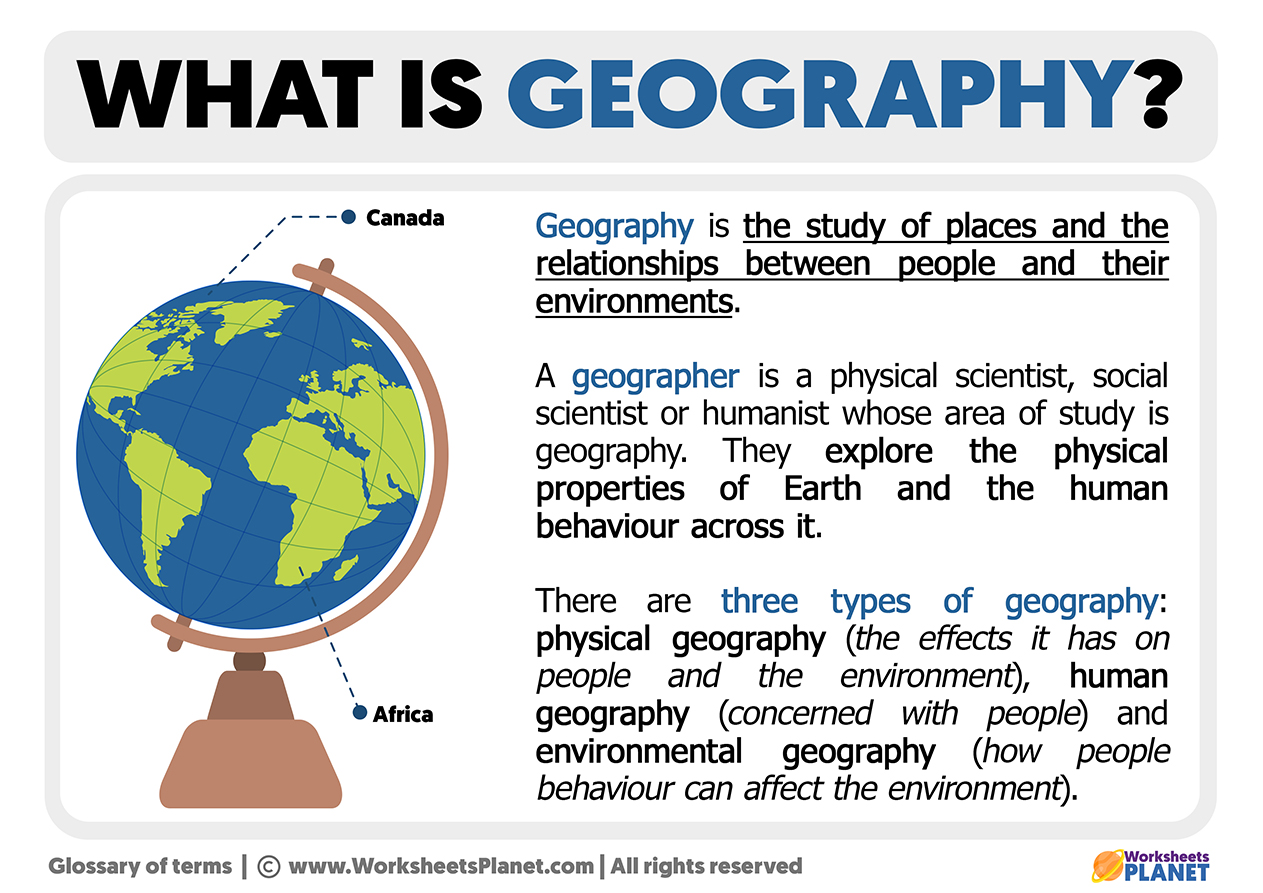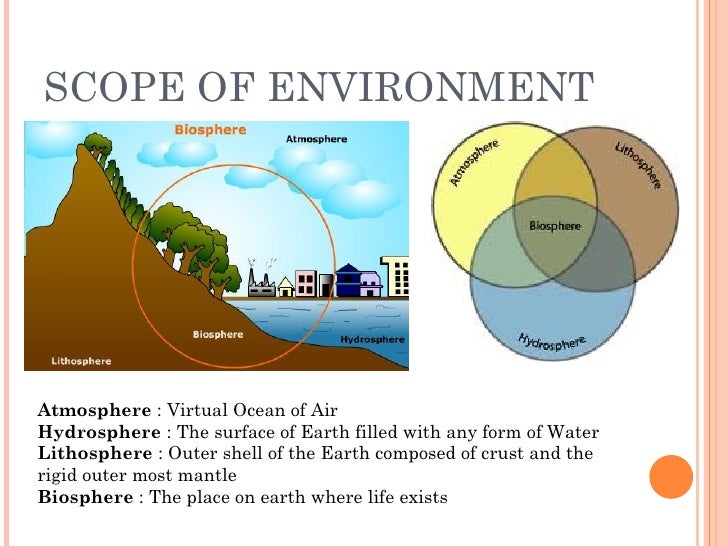Geography is often understood as the study of the Earth’s landscapes, environments, and the relationships between people and their environments. It offers a broad framework that examines both the physical characteristics of the planet and the human societies that inhabit it. One of the fundamental components of geography is the environment, which serves as the backdrop for nearly all geographical inquiry. But what exactly does “environment” mean in a geographical context, and why is it so central to the study of geography?
The concept of environment in geography goes beyond just natural surroundings—it encompasses everything from physical landscapes like mountains and rivers to the built environments of cities and towns. Geographers examine these environments to understand how they interact with human activities, as well as how they shape and are shaped by those activities. This relationship is crucial to addressing many of the world’s most pressing challenges, such as climate change, deforestation, urbanization, and environmental sustainability.
At its core, the environment in geography can be defined as the totality of physical, biological, and human-made factors that affect life on Earth. By studying the environment, geographers can analyze patterns, processes, and systems that affect both the natural world and human society. Whether investigating how ecosystems function or assessing the impact of human development on natural landscapes, the study of the environment remains a cornerstone of geographic inquiry.

When we explore the concept of the environment in geography, it is essential to break it down into its fundamental components and examine how it is viewed through a geographical lens. The environment refers to the entirety of our surroundings, both living and non-living, that influence life on Earth. In geography, this definition is expanded to include the physical features of the Earth’s surface, as well as the relationships between those features and human societies.
What Is the Environment?
In its simplest form, the environment encompasses all the elements around us. These elements can be broadly categorized into three types:
- Physical Environment: This includes the natural features such as landforms (mountains, rivers, plains), bodies of water, and the atmosphere. It is sometimes referred to as the abiotic environment because it includes non-living factors.
- Biological Environment: This refers to all living organisms—plants, animals, and microorganisms—that inhabit a particular space. It interacts closely with the physical environment, as living organisms depend on non-living factors like sunlight, water, and minerals.
- Human-Made Environment: Also known as the built environment, this includes human interventions in nature—cities, infrastructure, agricultural lands, and more. This type of environment reflects how humans alter and shape their surroundings to meet societal needs.
These categories help geographers and environmental scientists classify different aspects of the environment for study. Geographers focus not only on the environment’s current state but also on its evolution and how it affects, and is affected by, human activity.
How Geography Views the Environment
Geography takes a holistic view of the environment. While other sciences may isolate individual factors such as climate or soil, geography looks at the environment as an interconnected system. This is especially important in understanding how natural and human environments interact. For example, geographers study how:
- Natural events (such as earthquakes, hurricanes, or volcanic eruptions) shape the physical landscape and influence human settlements.
- Human activities (like agriculture, urbanization, or deforestation) alter the environment, leading to consequences such as pollution or habitat destruction.
In geography, environments are not static—they are dynamic systems influenced by both natural processes and human decisions. Geographers use tools like geographic information systems (GIS), satellite imagery, and fieldwork to observe and analyze these interactions over time.
Classification of Environments in Geography
Geographers classify environments to better understand their characteristics and how they relate to human activities. The two main types of environments studied in geography are natural environments and human environments.
- Natural Environments consist of physical features like mountains, forests, oceans, and deserts. These environments are shaped by natural forces such as weather, climate, and tectonic activity.
- Human Environments are the spaces and places created by human activity. Cities, transportation networks, and agricultural areas all fall under this category. Human environments are often seen as an overlay on the natural landscape, as humans modify and adapt the physical environment to suit their needs.
Understanding the distinction between these environments is key for geographers, as they analyze how natural processes shape human activities and how human activities, in turn, affect the natural world.

